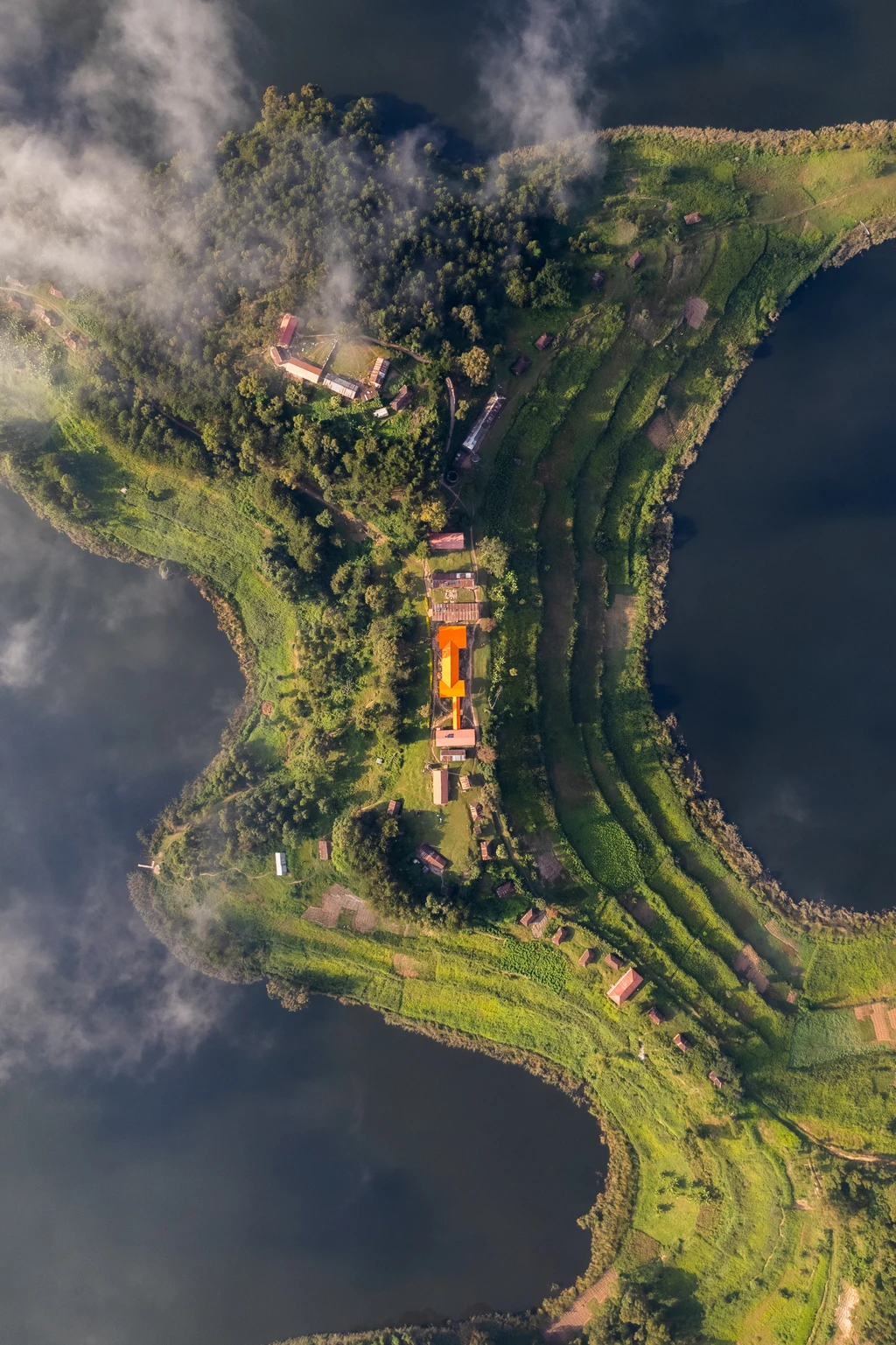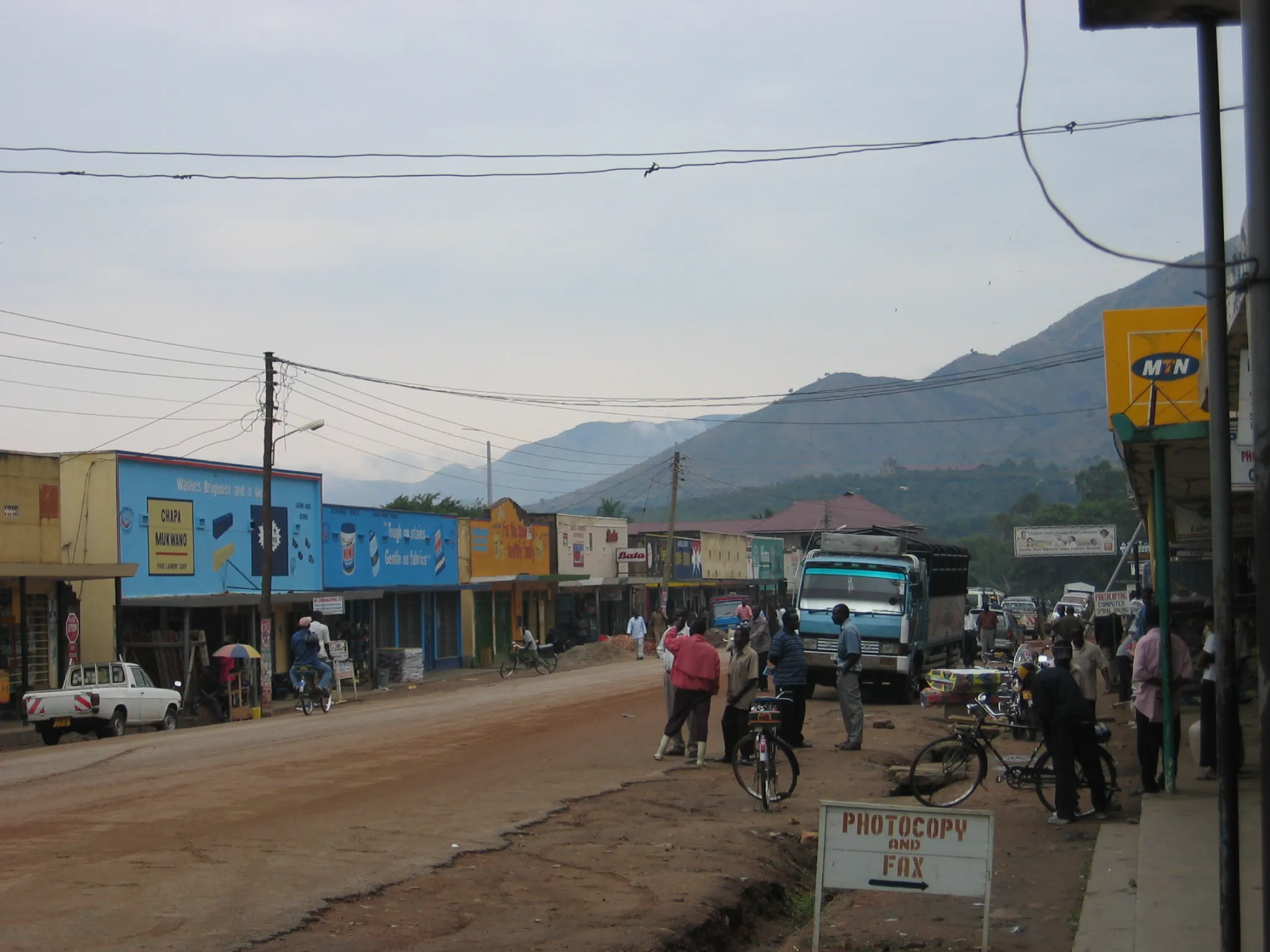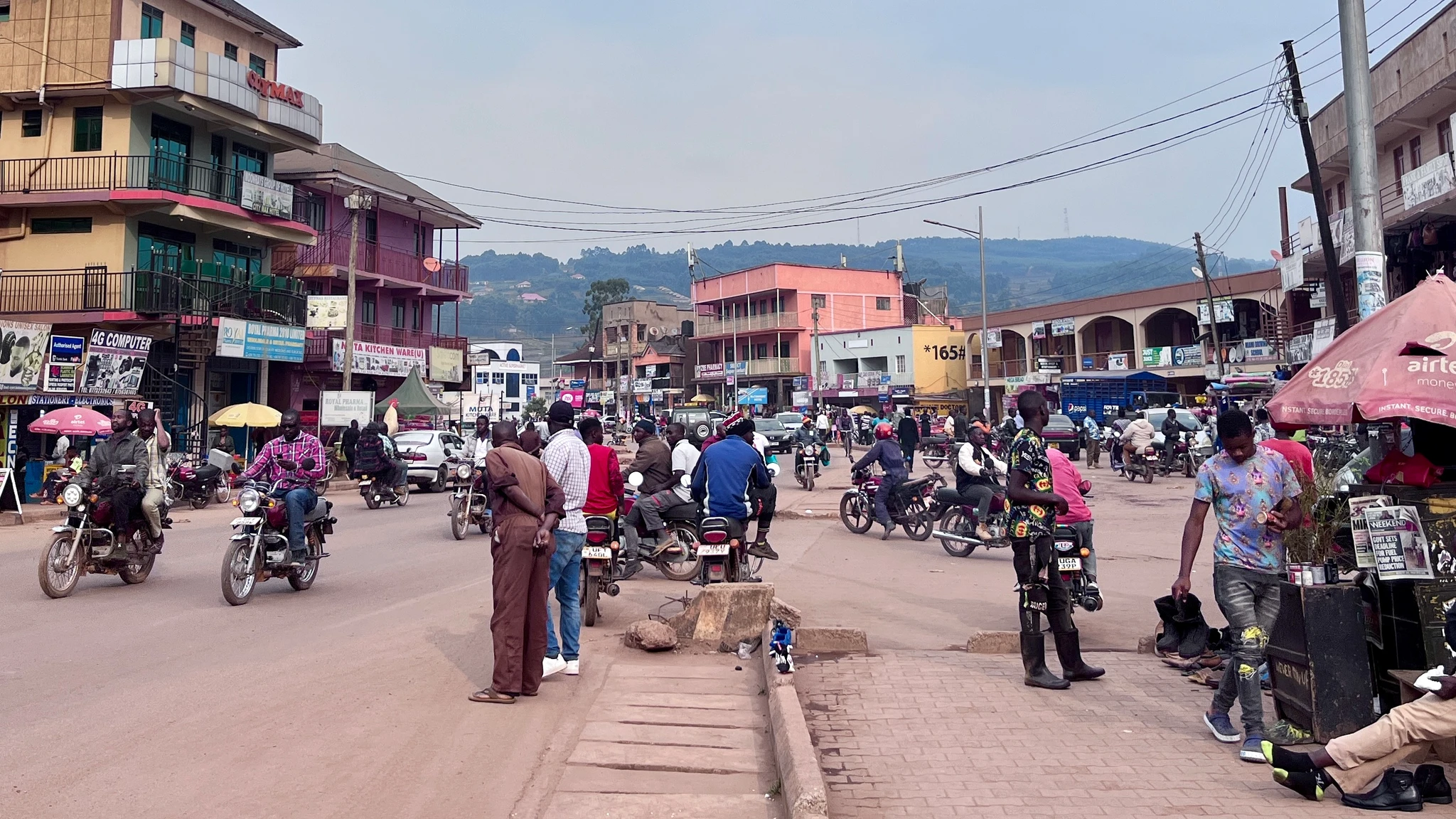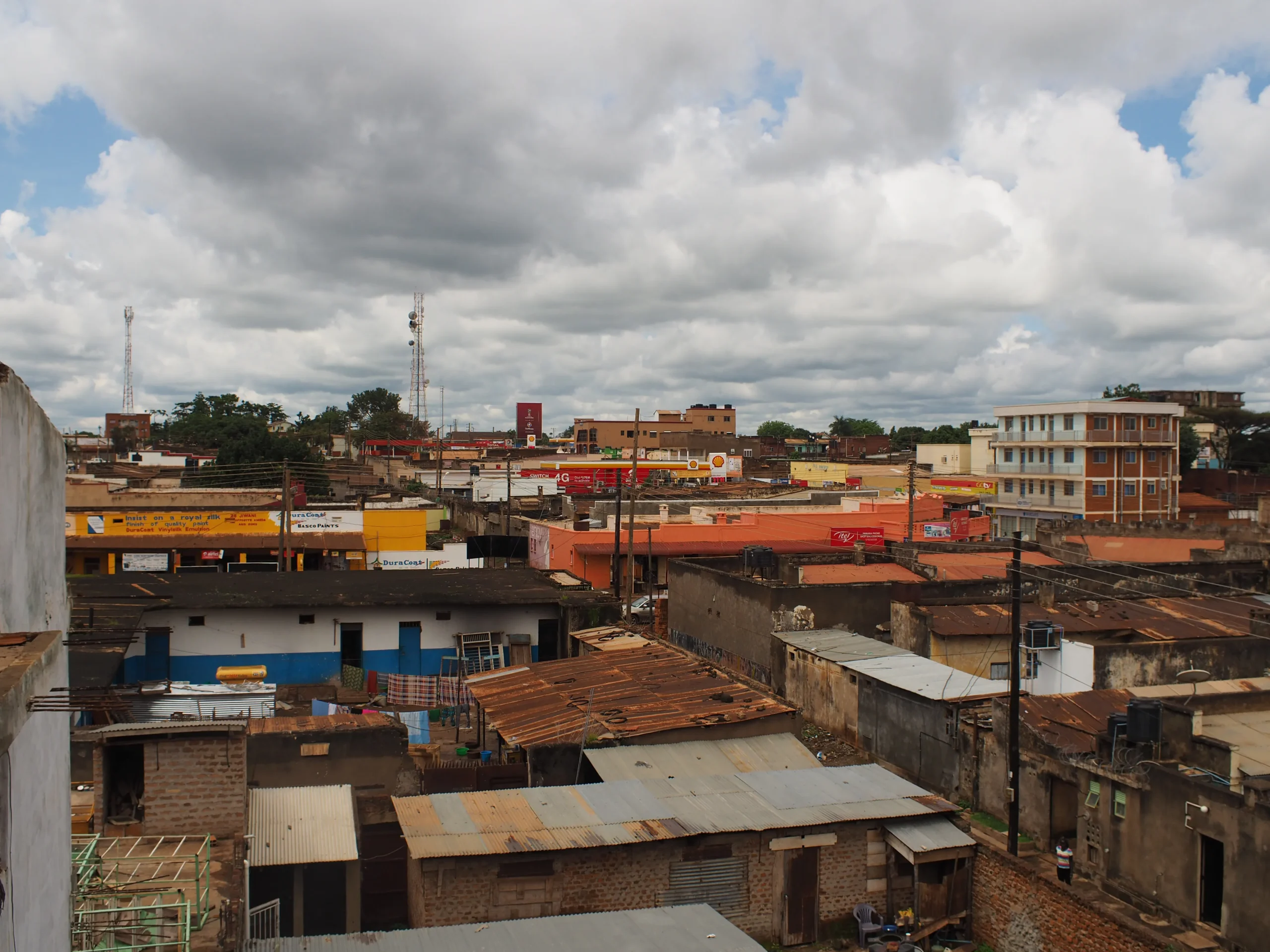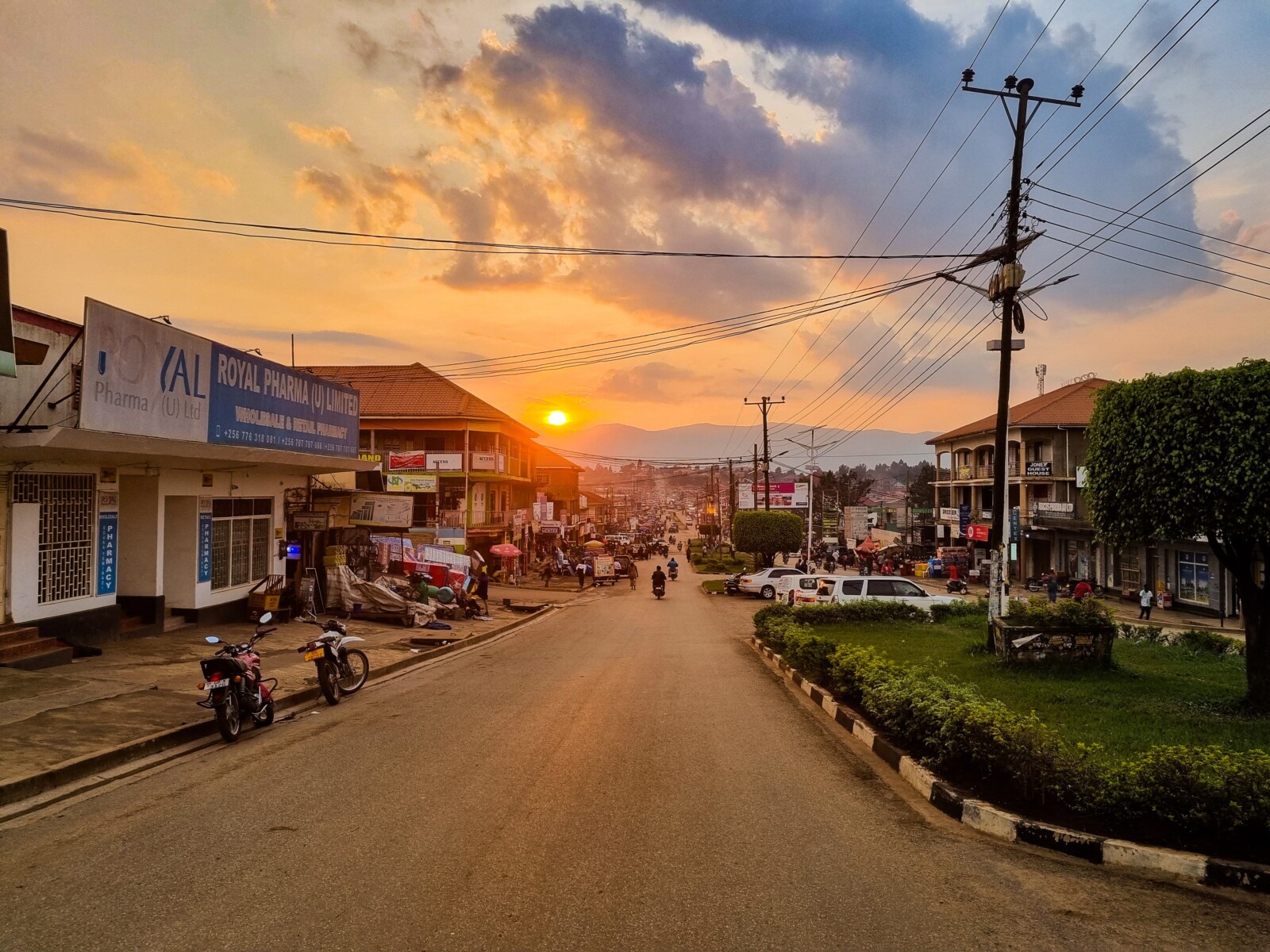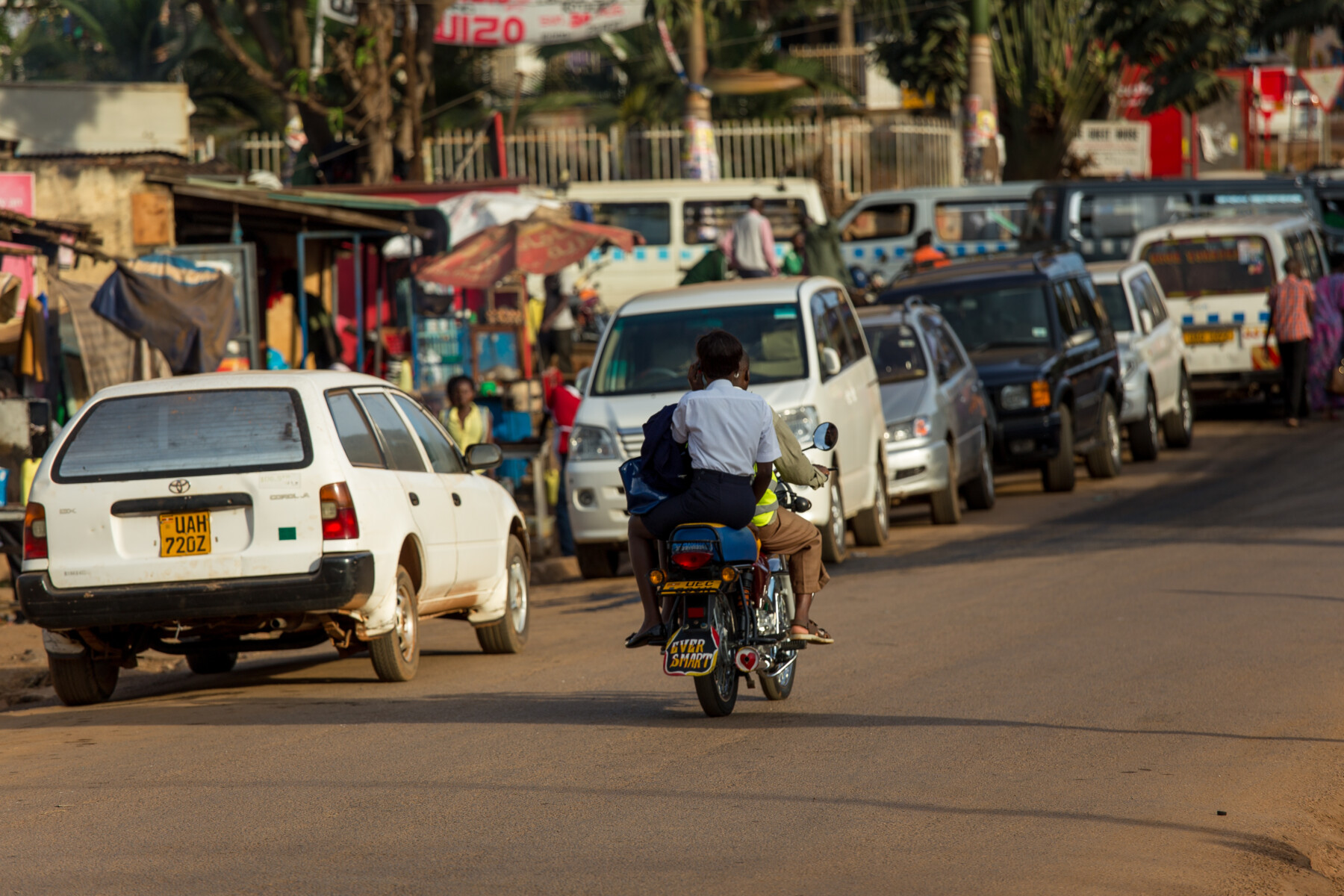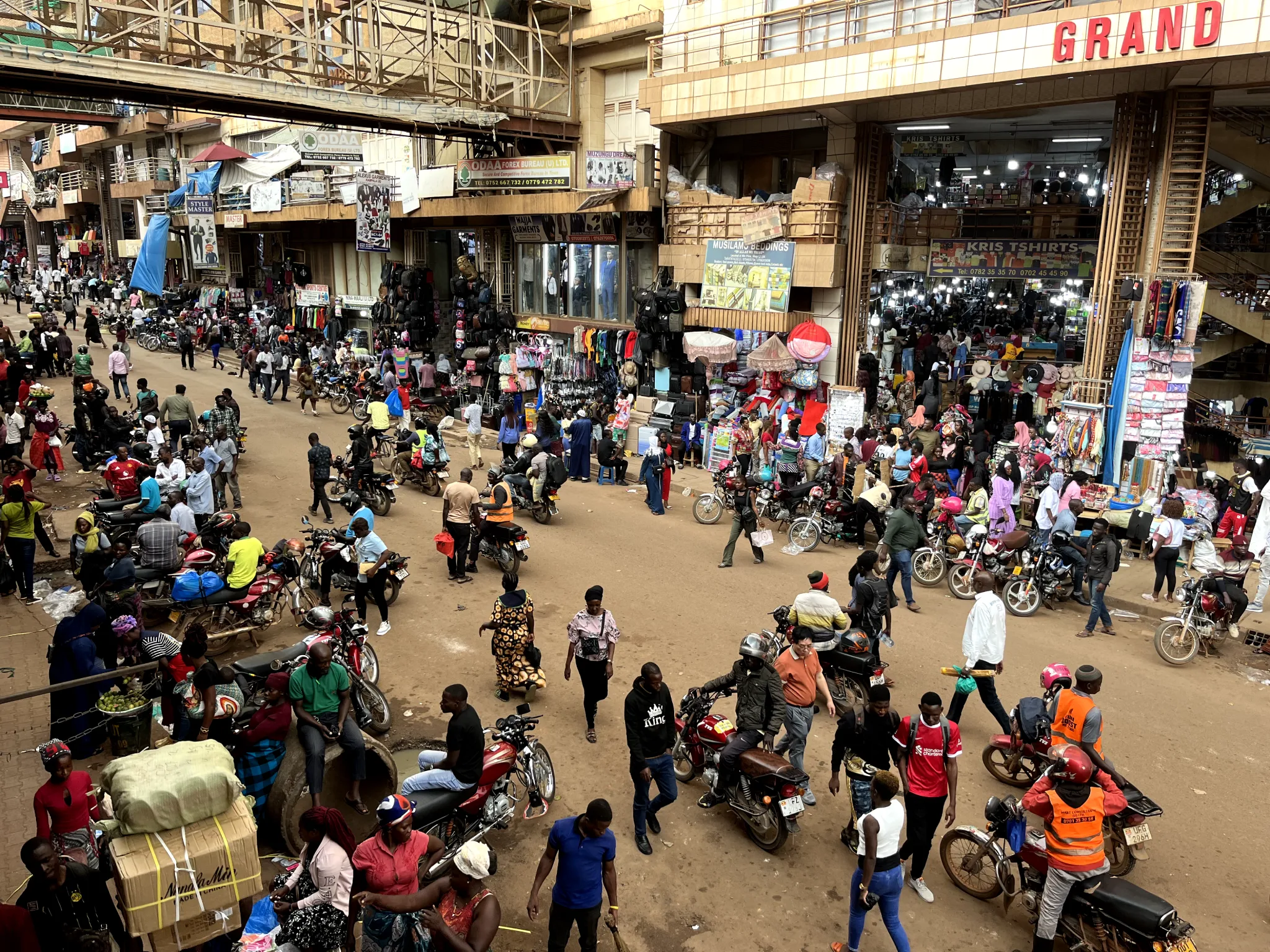Kampala, the bustling capital of Uganda, nestled between hills and Lake Victoria, is a city immersed in authentic traffic chaos, with exaggerated jams and a sense of traffic disorder, with cars stuck for hours and streams of thousands of “boda-bodas,” motorcycle taxis used to transport people and goods.

With more than 1.2 million inhabitants, Kampala—once the royal residence of the Buganda Kingdom—contributes to the gridlock in the city’s traffic.
The city’s main points of interest are scattered throughout rather than concentrated in a historic centre like many other major cities:
Mengo Palace:
The historic Baganda king’s home, Mengo Palace, also called Lubiri, was constructed in 1885. During Idi Amin’s 1966 coup, it was used to imprison political prisoners in its underground tunnels. In recent years, it has undergone restoration of its original façade.
Nakasero Market:
A must-visit during any city tour, Nakasero Market has been one of Kampala’s most important and popular commercial hubs since 1895. It’s a vibrant market with an outdoor section offering fresh produce like vegetables and fruits and an indoor area selling clothing and machinery.
Kasubi Tombs:
Built on Kasubi Hill in 1882, the Kasubi Tombs are the burial grounds of the last four Buganda kings (Mutesa I, Mwanga II, Cwa, and Mutesa II). Designated a UNESCO World Heritage Site in 2010, they hold significant cultural and spiritual value, especially after a fire nearly destroyed them.
Uganda National Mosque:
Possibly the country’s most important architectural religious site, located on Kampala Hill, the Uganda National Mosque accommodates Uganda’s Muslim population with a capacity for 35,000 worshippers. Completed in 2006, it was originally known as the Gaddafi National Mosque. Visitors can enjoy panoramic views from its 65-meter-high minaret.
Uganda Museum:
Considered one of the best museums in East Africa, the Uganda Museum boasts a vast collection showcasing history, culture, science, archaeology, and natural history. Founded in 1908, it’s a must-visit attraction in the city. Highlights include collections of traditional musical instruments, fossils of the extinct Napak rhinoceros dating back eight million years, and a recreation of a village with traditional houses representing various Ugandan tribes.
